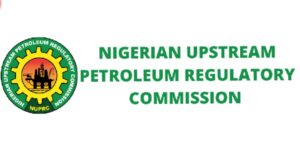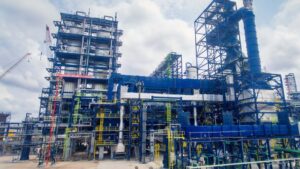
Venezuela surprises oil markets with large production increase
Despite decades of mismanagement, malfeasance and corruption, strict U.S. sanctions and crumbling energy infrastructure, Venezuela’s national oil company PDVSA has stunned observers by reporting a significant increase in crude oil output for November 2021.
OPEC’s December 2021 Monthly Oil Market Report shows based on primary sources Venezuela pumped an average of 824,000 barrels daily for November 2021. This represents a notable 9% increase compared to a month earlier and is nearly double the 434,000 barrels per day produced for the same period a year earlier.
That number is significantly greater than the 569,000 barrels produced per day during 2020 and just shy of the 1 million barrels pumped daily for 2019. The spike in output can be attributed to a range of factors, crucial being the technical assistance and diluent provided by Iran.
By June 2019, the U.S. Treasury Department Office of Foreign Assets Control had blocked the supply of crucial diluents to Venezuela.
Prior to former President Trump’s harsh sanctions enacted as part of his policy of maximum pressure on Venezuela and the autocratic government of Nicolas Maduro, the U.S. had been a key supplier of diluent to the OPEC member. Diluents are an essential element for PDVSA’s extra-heavy crude oil production in the Orinoco Belt.
The extremely light hydrocarbon liquids are added to the extra-heavy crude, which has an API gravity of around 8 degrees, to make it flow so that it can be transported for processing and export.
A chronic shortage of diluent forced PDVSA from early 2019 to mix locally produced higher-value light sweet crude with the extra-heavy oil, produced in the Orinoco Belt, to formulate export heavy crude oil grades such as Merey. That was impacting export earnings because Venezuela’s lighter crude oil grades sell at a premium to the OPEC member’s heavier crude oil grades.
It also adversely affected refining operations in the crisis-riven country because light crude oil is the primary feedstock for Venezuela’s crumbling refineries which are not configured to process heavy crude oil grades. That has weighed heavily on gasoline and diesel production in a country beset by chronic fuel shortages.
The deal established by Caracas with Teheran to swap Venezuela’s heavy crude oil blends for diluent is crucial to boosting Venezuela’s crude oil output and the notable spike in November 2021 production.
During that month PDVSA received its fourth cargo of diluent from Teheran since the start of the year. Venezuela’s national oil company is using the stable supply of Iranian condensate as an opportunity to ramp up extra-heavy crude oil production in the Orinoco Belt. PDVSA is receiving assistance from China’s largest oil producer, state-controlled China National Petroleum Corp, to bolster operations. During early September 2021, it was reported that CNPC was reviving its operations in Venezuela, where it participates in five heavy oil joint ventures with PDVSA, sending engineers and other resources to the crisis-riven country.
Another key reason for significantly higher production was PDVSA’s ability to amortize and settle overdue debt with local oil service companies. That generated a substantial increase in drilling, well workovers, and other development activities.
According to a recent investigation, by December 2021 there were 47 rigs performing workovers and other development activities in the Orinoco Belt and 19 more operating in other hydrocarbon basins in Venezuela. If PDVSA can maintain production at or near November’s level, then Caracas is well on its way to generating urgently required additional export income that can be directed to performing critical maintenance on infrastructure as well development.



